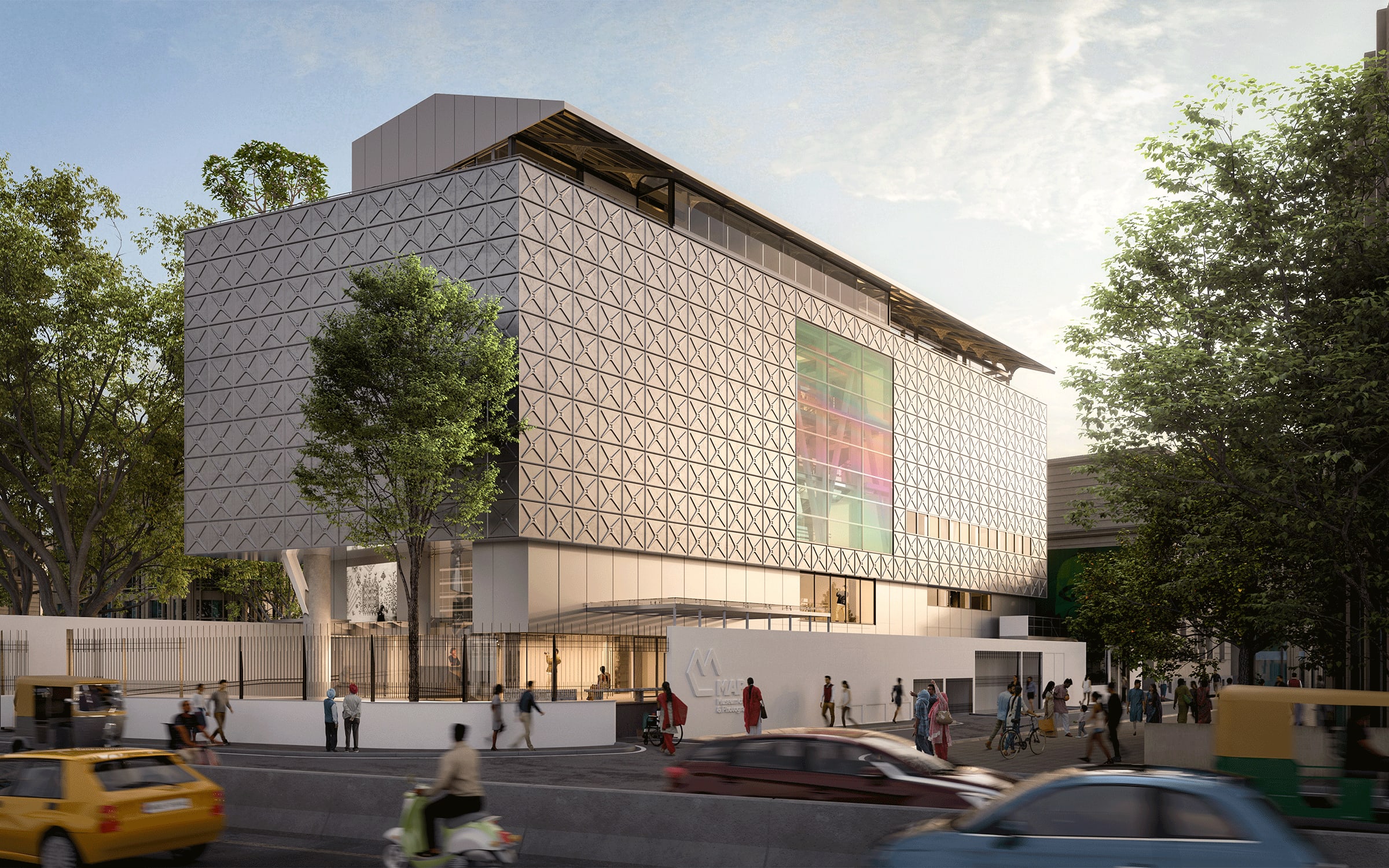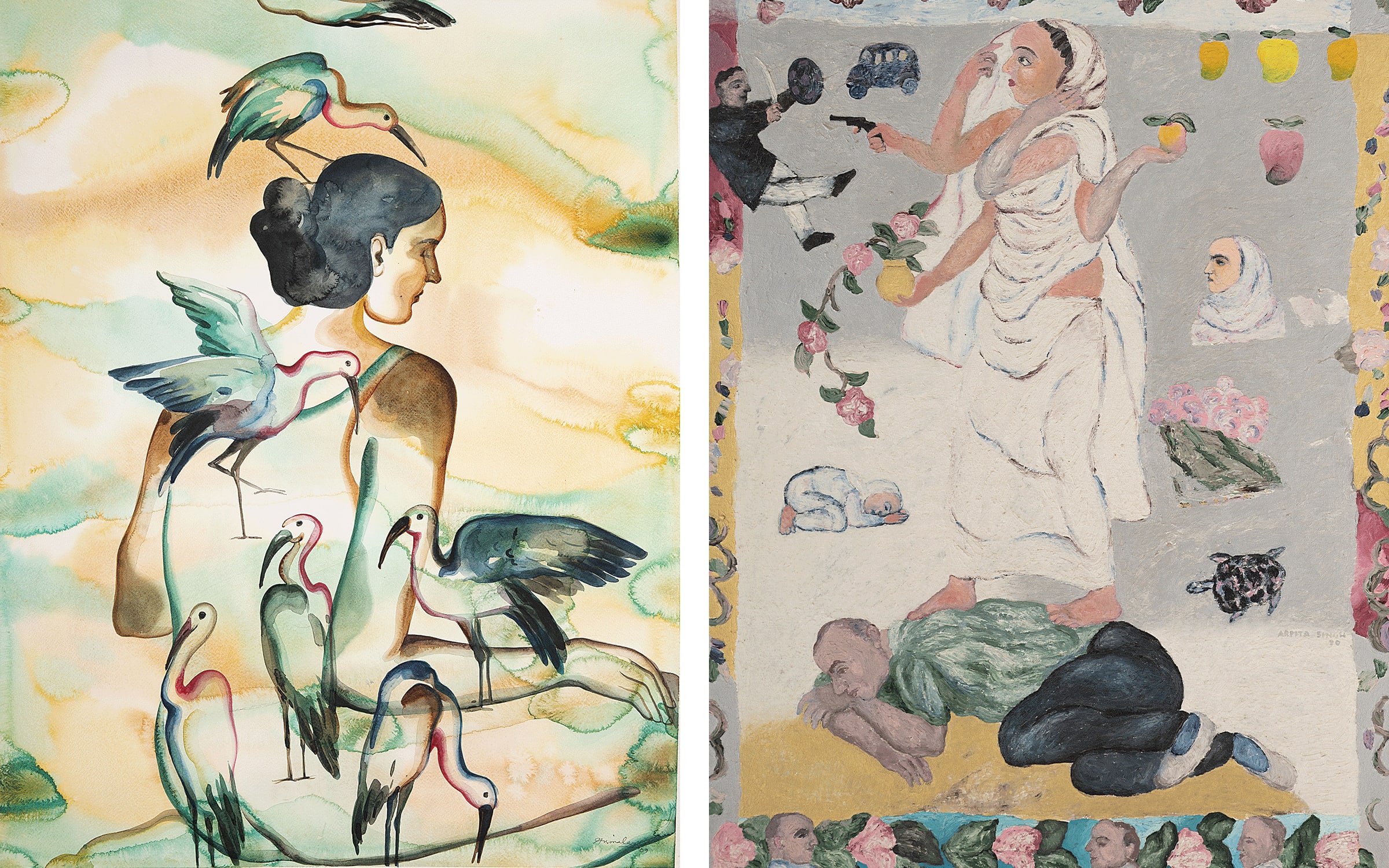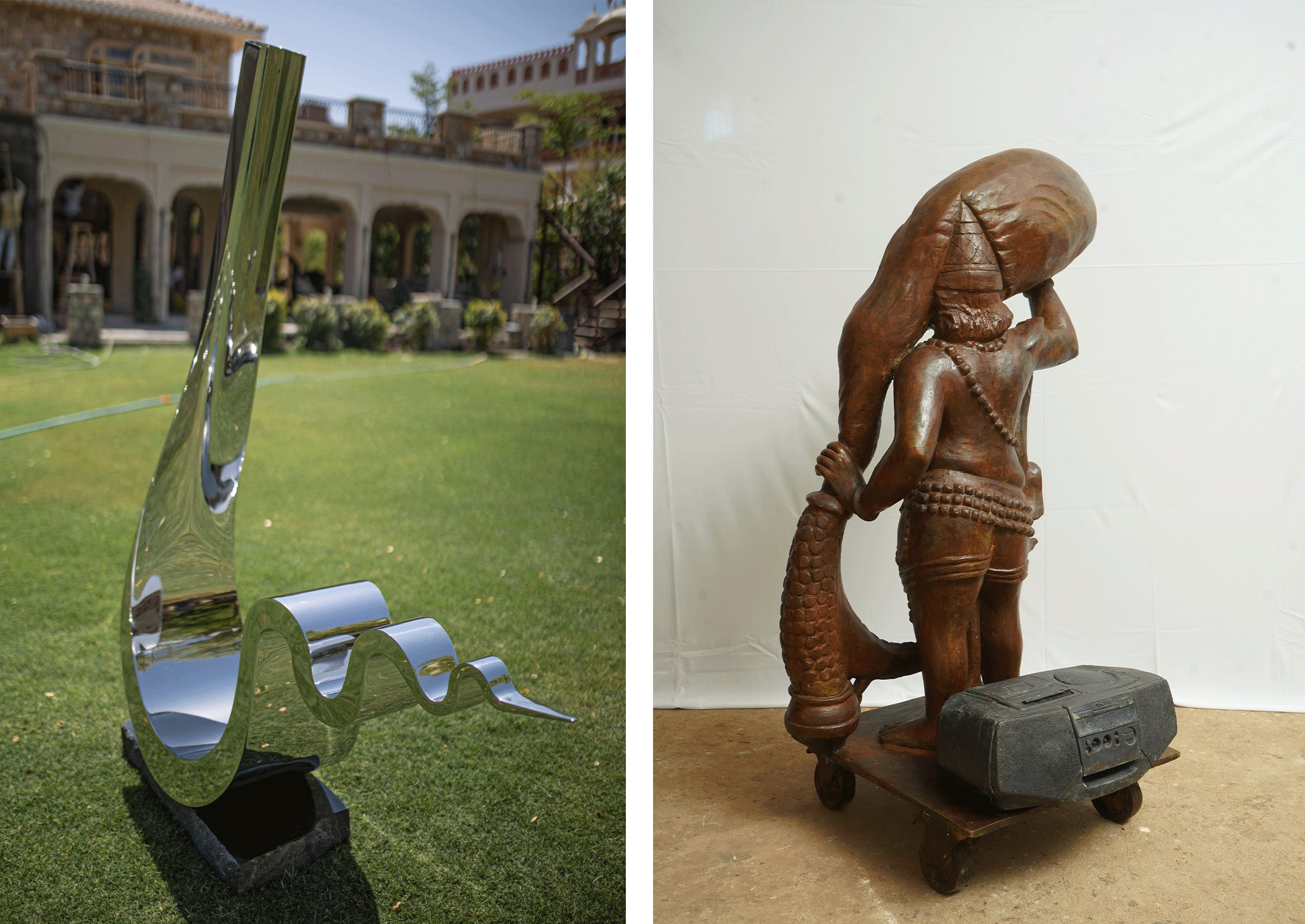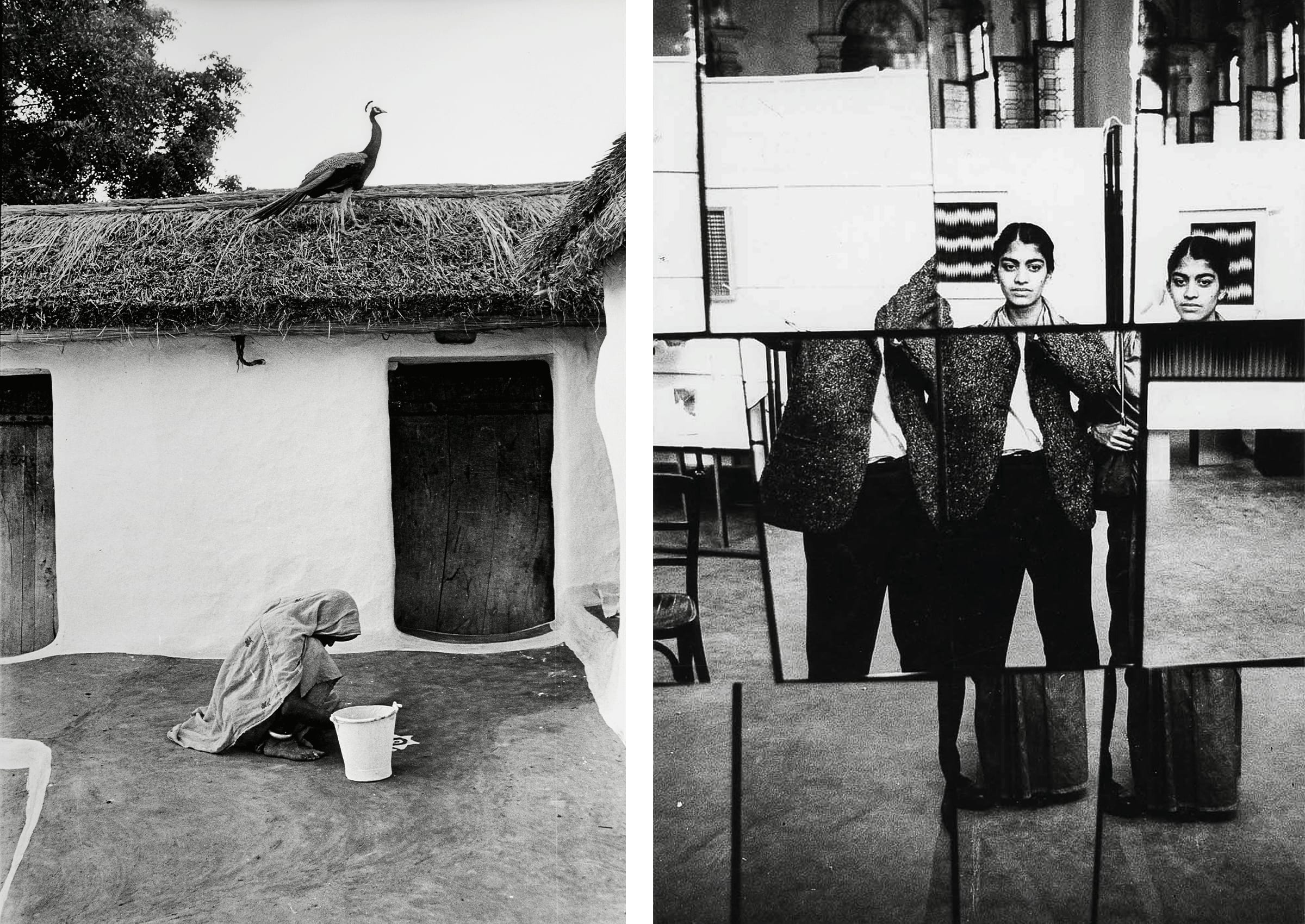Home to 11 million people, India’s tech capital, Bengaluru, is about to welcome its first major private museum. Seven years in the making – and plagued by delays – the Museum of Art and Photography (MAP) will open to the public on February 18. With a focus on both physical and social accessibility, MAP is the brainchild of Abhishek Poddar, a Calcutta-born, Bengaluru-based industrialist who has been collecting art assiduously since the 1980s. Poddar first conceived of MAP in 2016 with the conviction that art literacy was essential to navigating the complexities of a visually saturated world.

‘All throughout my childhood, there were art sections in the daily papers and popular magazines,’ he laments. ‘Unfortunately, over the last 30 or 40 years, art has become less important. It’s moved into the category of investment commodity and is often perceived as elitist and only of interest to a very small section of society.’
The philanthropist points out that, while there are thousands of museums in India, most are relics of the British Raj. ‘So, the goal became: how do we make a museum about culture in India? How do we make art relevant again, rather than just being looked at as an asset?’ These questions informed the vision for MAP: A museum that welcomes all and prioritizes education and inclusivity. Poddar and his family donated USD 7 million and 7,000 works to MAP’s collection, which now contains more than 60,000 pre-modern, modern and contemporary art objects, including painting, sculpture, photography, film, design, textile, craft, printing, and advertising.
The museum will officially open to the public with three inaugural exhibitions: ‘Time and Time Again’, a major retrospective of Jyoti Bhatt’s photographs; a series of new sculptures by L.N. Tallur; and ‘Visible/Invisible’, an exploration of the representation of women in Indian art over 11 centuries. MAP’s director, Kamani Sawhney (formerly head of the Jehangir Nicholson Art Foundation in Mumbai), is particularly energized about the latter exhibition, which ‘talks about issues that are important to our communities here – about the visibility of women in art, and their invisibility in the public domain.’ Separate from the exhibitions and situated throughout the building and its courtyards will be new installations by Stephen Cox, Tarik Currimbhoy, Arik Levy, and Arpita Singh.
When programming for MAP, Sawhney draws on the full range of the collection to include and reflect different groups. One of her strategies is integrating pop-cultural ephemera, such as Bollywood film posters, to attract a broader audience. ‘Most people connect immediately with such objects because they’re part of their daily lives. These hooks then create a sense of familiarity that enables people to see how these objects link to other parts of the exhibition.’ She and her team also consider how best to enable visitors with disabilities to experience exhibitions they’d otherwise not be able to – commissioning highly tactile embroidered textile works for sight-impaired audiences, for instance.

Accessibility and function were also central to Mathew & Ghosh Architects’ design for the five-story museum. Situated near Cubbon Park on Kasturba Road, the plot of land is relatively small and presented some challenges in terms of accommodating the planned galleries, auditorium, research library, learning center, conservation facility and café. For his part, however, Poddar didn’t mind the constraints. ‘It’s a much more intimate setting,’ he says, ‘It’s built in a manner to take you close to the work.’ Architect Soumitro Ghosh agrees: ‘One has to imagine that this is the kind of institution which may grow over the decades,’ he says. ‘While we know what’s in the collection now, it’s pretty much unknown what will be added to it. There’s a certain amount of unpredictability, which is almost synonymous with art itself. So, we designed generalized gallery spaces that can absorb and give precedence to the work.’
Community-oriented features of the building include a bathing facility for seniors, an anxiety room (‘Very useful,’ says Ghosh, ‘Because, since COVID, there has been an increase in people having anxiety attacks’), elevators with matte surfaces, and elongated viewing panes. Audio guides have been devised for the sight-impaired, while all signage in the museum is written in both English and Kannada, the local language.
In 2020, when the museum’s construction was interrupted by the COVID-19 pandemic, Poddar saw an opportunity to broaden MAP’s reach even further. Despite not yet having a physical building, MAP launched its online programming three years ago, bringing in audiences from around the world. ‘You don’t have to be in Bengaluru to visit the museum,’ Poddar says. ‘At any moment, we have many more visitors online than we could ever accommodate physically, which considerably reduces barriers to access in terms of geography, timing, and convenience. Many people also feel inhibited entering an environment they think they aren’t dressed for or don’t belong to – browsing a website doesn’t make you feel like that.’

Since then, MAP’s Education & Outreach department has been delivering hundreds of public workshops and producing several digital programs. One particularly popular video learning series, ‘Art Sparks’, sees an educator and child working together to create content together about the collection. Operating in tandem but with separate governance is MAP Academy – an ambitious research and archive project dedicated to building an exhaustive online encyclopedia and education program covering several thousand years of Indian art history.
Other ventures include Museums Without Borders, an ongoing digital collaboration between MAP and international institutions, and a partnership with London-based Wellcome Trust. For the latter’s Mindscapes program, MAP invited artist Indu Antony to undertake a residency examining the relationship between art and mental well-being. Antony worked with a network of existing community centers and opened a new social space where women could gather to talk and embroider textiles with their personal histories. Collective artworks produced during the project will be shown across community centers, studios and in an upcoming exhibition at the museum.

As for the role MAP will play in India’s future, Poddar is looking to art’s enduring power. ‘Technology has galloped forward,’ he says. ‘What used to take decades now happens in years, even months. Tomorrow, it will start happening in weeks. Soon, many of our current jobs will be redundant because a machine or a computer will be able to do them better. What separates a man from a machine? Eventually, it boils down to something like creativity and emotion. With recent developments in AI technology, even that bridge will be reduced considerably. But, nothing sparks creativity and emotion like art does. I think we are well poised to play that role and make that difference.’
Museum of Art and Photography (MAP)
Kasturba Road, Bengaluru
Elliat Albrecht is a writer and editor based in Canada. She holds a BFA in Critical and Cultural Practices from Emily Carr University of Art + Design and an MA in Literary and Cultural Studies from the University of Hong Kong.
Published on February 17, 2023.
Caption for full-bleed images, from top to bottom: 1. Museum of Art and Photography, Bengaluru, India. 2. Jyoti Bhatt, Bhupen Khakhar at the Sayaji Baug Garden (Baroda, Gujarat), 1983. 3. Avishek Sen, Untitled (Virility), 2005. 4. Bhuri Bai, Untitled (Autobiographical Series), 2018.
All images: Courtesy of the Museum of Art and Photography (MAP), Bengaluru.